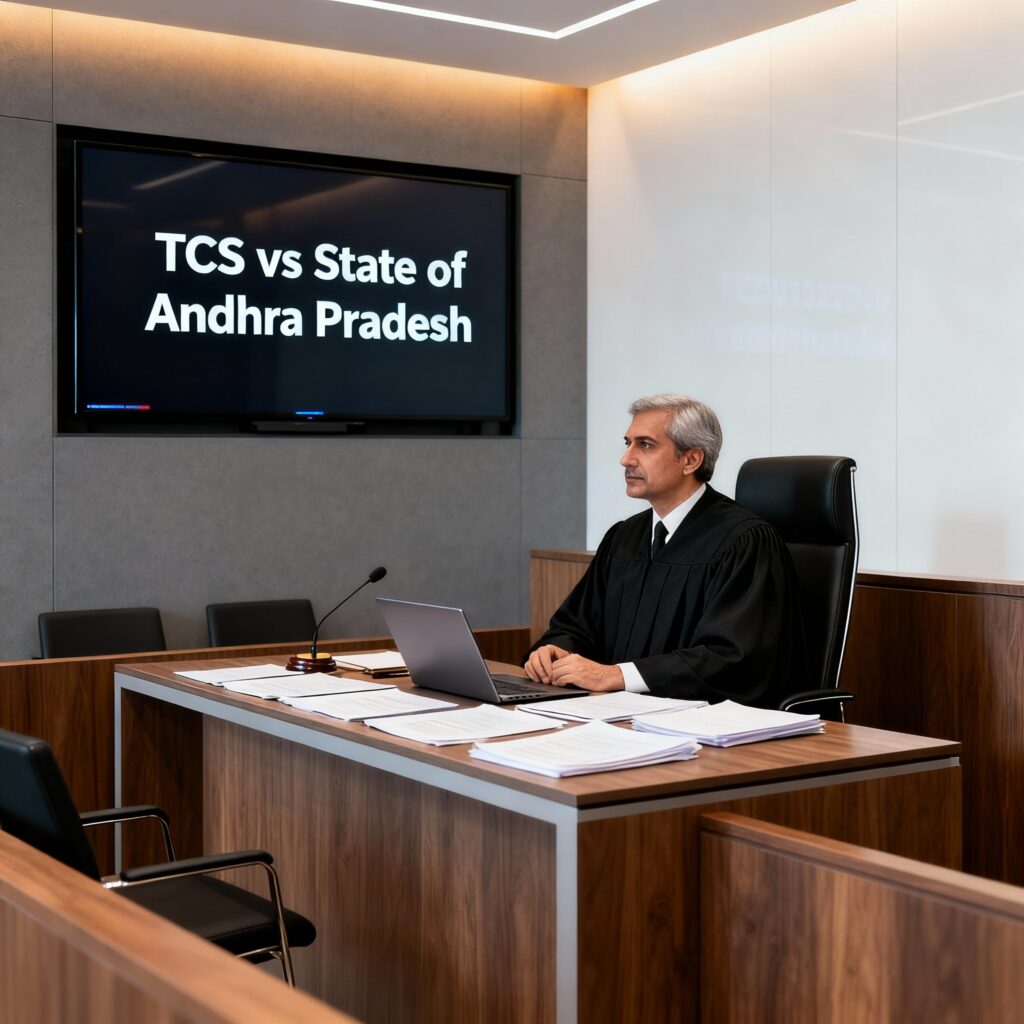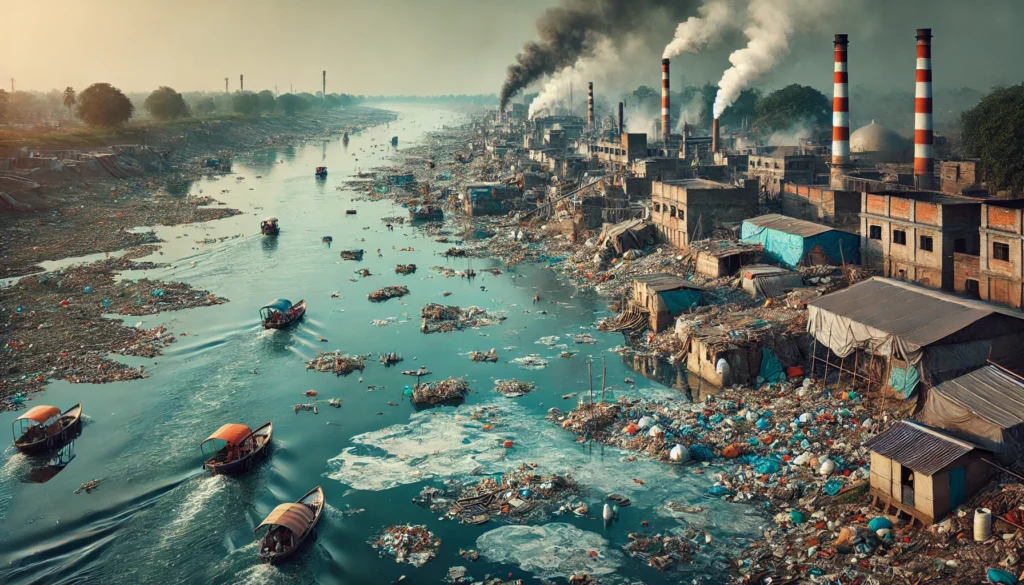Published On: 11th February, 2025
Authored By: Anushka singh
D.E.S. Navalmal Firodia Law College
CITATION: Narmada Bachao Andolan vs Union of India and Others 2000 (10 S.C.C. 664)
FACTS:
The Narmada Bachao Andolan vs Union of India and Ors. case centres around the construction of the Sardar Sarovar Dam on the Narmada River, which faced intense scrutiny and legal challenges due to its environmental and social impacts. This dam was designed to provide water for drinking, irrigation and electricity generation in various states of India such as Gujarat, Rajasthan, Madhya Pradesh and Maharashtra. However, the construction of this dam was criticized by the Narmada Bachao Andolan (NBA) movement led by activists such as Medha Patkar. In the Narmada Bachao Andolan v. Union of India and Ors. case, Article 21 of the Constitution was a key focus. The Narmada Bachao Andolan (NBA) v. Union of India and Ors. began in the year 1994, when the petitioners, Narmada Bachao Andolan (NBA) movement filed a case against the construction of the Sardar Sarovar Project dam started in the year 1987. The petitioners argued that that the environmental clearance issued for the Sardar Sarovar Project dam was granted without sufficient consideration of the environmental, legal and social impact caused by the construction of the Sardar Sarovar Project dam. The Court made use of the Article 21 to stress on the displacement of the people caused by the construction of the Sarovar dam must be managed in a way that upholds the right and dignity of the affected lot. An important issue of the inadequacy of the resettlement cases due to which affected people were not provided sufficient facilities was also emphasized in the case of Narmada Bachao Andolan v. Union of India and Ors.
Large areas of forests, villages and agricultural lands belonging to the locals were submerged to create reservoirs during the construction of the Sardar Sarovar Project dam. The issue of clearing land for the dam, which eventually led to deforestation and harming of the fish population caused by the alteration of the natural flow of river were some of the many valid points raised by the Narmada Bachao Andolan (NBA) movement.
The main concern of the Narmada Bachao Andolan movement was that the construction of Sardar Sarovar Dam would lead to the displacement of a large group of people, especially tribal communities such as Bhil, Padhar, Koli, Panchmahal Tribes. It is to be noted that around 40,000 families were displaced due to the construction of the dam. A three-judge panel which consisted of Y. K Sabharwal, Justice K.G. Balakrishnan and Justice S.B. Sinha reviewed this case and passed the judgement in the favor of the Union of India and Ors. The Narmada Bachao Andolan also brought light to the environmental impact of the construction of this dam such as deforestation, loss of biological diversity. This case is considered to be a crucial case in the history of environmental cases.
KEY LEGAL ISSUE:
- Whether the environmental clearance granted by the Union of India lacked proper study and consideration of environmental impact.
- Whether the conditions set by the Ministry of Environment were not adhered to.
- Whether the Narmada Control Authority displayed bias in awarding despite its status as an independent body.
Various legal issues questioning the environmental, legal and social aspects of the Narmada Bachao Andolan v. Union of India and Ors, which put the livelihoods of the people and the ecosystem in danger were raised during the Narmada Bachao Andolan v. Union of India and Ors. case.
APPALLENT’S ARGUMENT:
Narmada Bachao Andolan (NBA) movement, the petitioner in this case, argued that the environmental authorization granted for the Sardar Sarovar Project in 1987 was inadequate due to the lack of comprehensive studies, thus endorsing its termination. The petitioner also urged for a reduce in dam height to protect further submergence of the land. The petitioner alleged that the project violated Article 21 of the Indian Constitution. The appellant also insisted to check the environmental impact of the Sardar Sarovar Project and also complete any work needed in the region that collects water before filling up the reservoirs.
RESPONDENT’S ARGUMENT:
The Government and the administrative bodies acted as the respondents in the Narmada Bachao Andolan (NBA) v. Union of India and Ors. case. They argued that the decision-making process in the granting environmental clearance was the task of administration and that it shouldn’t be reassessed by the judiciary. The respondents believed that the court should rather focus only on the protection of fundamental rights. The respondents believed that expert’s involvement is necessary while making tough decisions such as adjustment of the dam’s heights. It was argued by the respondents that reducing the height of the dam would cause harm as it would reduce the ability of the dam to generate power. The need for National Conservation Authority (NCA) was emphasized by the respondents during the Narmada Bachao Andolan (NBA) v. Union of India and Ors. case.
JUDGEMENT:
The Narmada Bachao Andolan v. Union of India and Ors case was a case between the Narmada Bachao Andolan (NBA) movement and the Union of India, with the Narmada Bachao Andalon movement criticizing the construction of the Sardar Sarovar Project, which violates the environmental cases and also the rights of the locals. A three-judge panel consisting of Y.K Sabharwal, Justice K.G Balakrishnan and Justice S.B. Sinha reviewed the Narmada Bachao Andolan v. Union of India. The Court ruled in favor of the Union of India, in a 2-1 majority decision, and the resumption of the Sardar Sarovar Project on the Narmada River. However, while agreeing for the resumption of the Sardar Sarovar Project, the Court also laid down a few conditions.
- All the affected families, especially those losing their land and homes, were to be resettled and rehabilitated before any further construction of the dam. The R& R packages were essential to provide land for land, making sure that displaced people received agricultural land equal to what they have lost. Governments of states such as Gujarat, Maharashtra, Rajasthan and Madhya Pradesh were directed to provide facilities such as housing, schools and healthcare in the relocated areas.
- A Committee, known as Grievance Redressal Authority (GRA), to surveil and direct any complains related to the Resettlement and Rehabilitation, was arranged by the Court which made sure to resettle the displaced people in a manner which uplifted their rights. Quarterly meetings of this committee are mandatory.
- The Court made sure that the construction of the Sarovar Dam compiled with environmental guidelines, by instructing those proper measures should be taken to protect the ecology and wildlife of the Narmada River basin.
- A progressive increase in the height of the dam was possible only if the state governments could submit progress reports showing adherence to the compilations of the Resettlement & Rehabilitation packages.
Various laws such as Section 4 of the Interstate Water Disputes Act, 1956, ILO Convention No. 107, Article 21 of the Indian Constitution., Section 3 of the Environment Protection Act, A. P Pollution Control Board vs. Prof. M.V. Nayudu (Retd.) & Others, 1999 and Vellore Citizens Forum, Petitioner v. Union of India and Others were applied during the resolving of the Narmada Bachao Andolan (NBA) v. Union of India and Ors. case. Even though the Court ruled in favor of the Union of India and resumed the construction of the Sardar Sarovar Dam, such conditions were to be fulfilled to ensure that the rights and dignity of the relocated and affected people are uplifted.
IMPACT OF THE CASE:
The Narmada Bachao Andolan v. Union of India and Ors. is considered to be an impactful case in the Indian legal and environment history. This is a case between the Narmada Bachao Andolan is a case between the Narmada Bachao Andolan (NBA) movement, being the petitioner who raised voice against and criticized the construction
of the Sardar Sarovar Project which violated environmental and social cases by violating the rights of the locals who were forced to displace from their homes. This case amplified the knowledge of the long- lasting impression of the environmental cases on a large-scale development project, which affects the locals, leading to the displacement of the locals. This case also had a powerful impact on the environmental laws in India. This case strengthened the importance of acquiring environmental clearance for large scale projects. This case highlighted the need for environment impact assessments (EIA). The need for proper resettlement and rehabilitation, which upheld the rights and respect of the affected people. A need to ensure with the compliance of the environmental cases was highlighted in the Narmada Bachao Andolan v. Union of India and Ors. case. This case emphasized the judiciary’s role in verifying the social, legal and environmental aspects of the large-scale developmental projects. After seeing the impact of the Narmada Bachao Andolan (NBA) movements led by activists, people became more aware about the impact of the environmental laws. People also became more conscious about their rights because of the activism shown by the Narmada Bachao Andolan (NBA) movement during the Narmada Bachao Andolan v. Union of India and Ors. case.
REFRENCES:
- The Narmada Bachao Andolan case revolved around the construction of the Sardar Sarovar Dam on the Narmada River, impacting the states of Rajasthan, Madhya Pradesh and Gujarat. (Last visited on 6th August, 2024)
- Whether the environmental clearance granted by the Union of India lacked proper study and consideration of environmental impact.
- Whether the conditions set by the Ministry of Environment were not adhered to.
- Whether the Narmada Control Authority displayed bias in awarding despite its status as an independent body. (Lat visited on 6th August, 2024)




